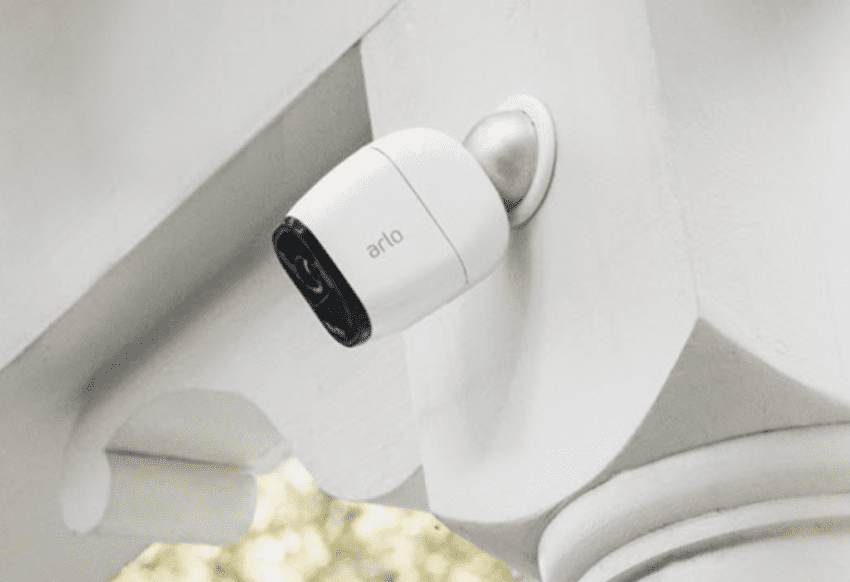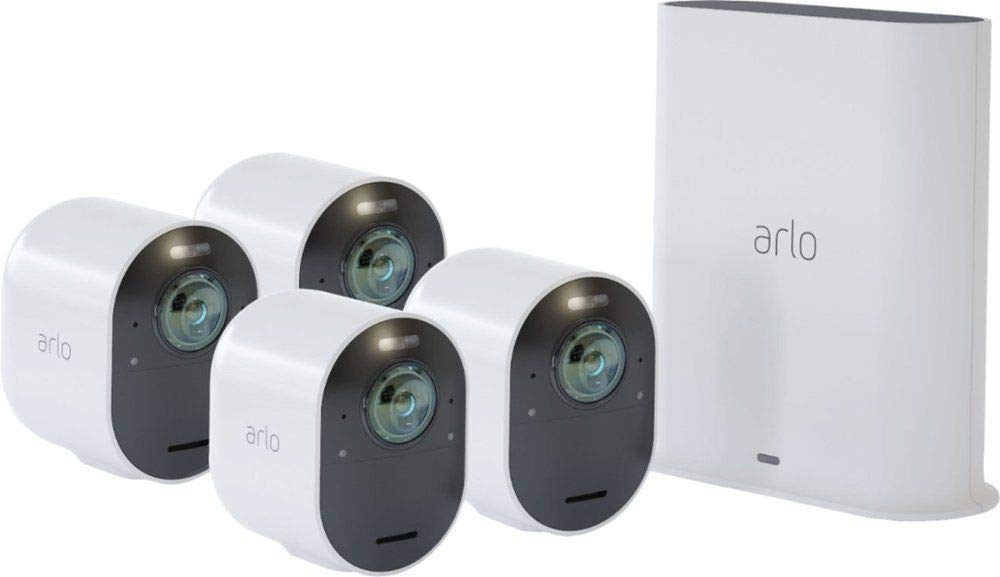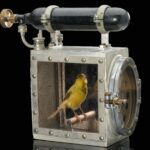
Benefits and joys of remote cameras
Setting up remote cameras on your birds can be more entertaining than TV. But it can also have important benefits to the well being of your bird that you may not have considered.
Benefits
Your birds will behave very differently when you are in the room as they do when you are gone. You may see important clues to their health by checking in on them remotely from time to time.
Food
Especially with fresh foods, it can be difficult to figure out what your bird is eating when you look at their dishes at the end of the day. Everything can dry up and shrink a bit.
Behavior
What does your bird do all day when you are not around? Do they sit around or are they active and playing with toys? How are they interacting with other birds. I’ve uncovered conflicts between birds only when I saw them on camera. Learning more about their behavior can lead you to make changes that could improve their lives.
With you around, they might focus more on getting your attention rather than behaving as they would normally.
The very first day I used a camera, I discovered one of my chickens was getting brutally attacked by another chicken, but I never saw this happen in person. The camera paid for itself on the first day!
Illness
It’s generally accepted that birds are good at hiding illness. It may be useful to look for signs of illness remotely. Perhaps a bird that hides symptoms in your presence will reveal them when you watch them via camera. I’ve heard some anecdotal evidence of this.
If you check into your animals more often when you are away from home, you stand a better chance of noticing signs of illness. For example, maybe you’ll discover a bird is limping or holding its wing strangely sometimes. Maybe the bird sleeps excessively but is always alert when you are around.
Cameras can be a lifesaver if you are caring for a very sick bird and you can’t always be present. When birds start going downhill, they often don’t last long so it’s good to have a way to keep an eye on them.
Sound and motion sensing
Cameras that support recording based on sensing motion can find problems as well as be an educational experience.
If you set the motion sensitivity very low, the camera will only pick up extreme motion, which could help in cases where a bird is in distress. Examples might be detecting when aviary birds are panicking due to the presence of a raptor or cockatiels having night frights. Depending on the situation, sound or motion (or both) could be appropriate triggers.
Another useful thing I’ve found is to turn the sensitivity higher and just have it make a lot of recordings just for one day. For example, I did this in a large aviary and got more than 700 very short movies! I gained great insight into what my birds are doing all day long. I realized they were a LOT more active than I expected. You may also find behavioral issues such as bullying.
Talk to your birds
One nice benefit of some cameras is that you can use the microphone on your phone or computer to send your voice to any camera. If your voice is comforting to them, this can be great for them while you are away. If you are teaching them to mimic or speak, you can use this to help them learn.
Cameras
You can buy many different kinds of cameras: different shapes and sizes, different mounting mechanisms, powered or battery operated, connected to wires or wireless, and different ways to store and access video.
I’ve evaluated many systems over the years and currently use Arlo cameras. They have a lot of unexpected benefits as well as significant downsides. It’s hard to find the perfect product!

Upsides
Arlo cameras have an interesting mix of features that have been perfect for my needs but your needs may vary.
- Very easy to mount and position with just one very short screw and a positioning mechanism that is magnetic.
- Since it’s wireless and battery operated, it’s highly portable. This is great if your needs change or you need a camera for short-term use, like watching a sick bird in a hospital cage.
- You can watch movies on your computer, phone, or Apple TV.
- You can be up and running in 5-10 minutes
- The battery life is pretty impressive and on the Arlo Pro 2 models and later, the batteries are extra easy to swap.

Downsides
Unfortunately, Arlo cameras have significant flaws, but given the lack of a competing product with just the right features I care about, I’ve stuck with them for now.
- They are more expensive than many other cameras at the same level of video quality. For price comparison on Amazon (I’m not an Amazon affiliate), I’m looking at packages that have a base station and 4 cameras.
- Arlo’s software is quite bad at times, especially their Apple TV application.
- They’ve had hardware quality control issues over the years and have terrible support.
- The video quality is not like watching an HD movie
- If you have more than 5 cameras and want videos stored more than 7 days (you can always download them), you have to subscribe to their storage service at $10 a month.
- If you use any cameras in an aviary like I do, wireless tends to perform poorly through cage wire. I find that it works reasonably well, but definitely not as well as my cameras in the house.
Conclusion
Here are some videos recorded with my Arlo cameras. Some are fairly old so the quality isn’t great, but you can see how fun and educational it can be.
If you want to play with cameras and have a limited budget, try looking for used Arlo cameras. I think you really have to try it to see how powerful it can be.
Also, if anyone has used other wireless battery cameras and loves them, let me know as I’m not wedded to Arlo.


